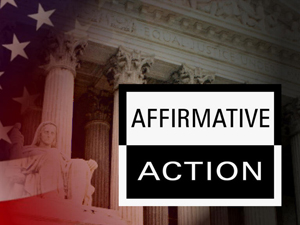By Tom Goldstein | SCOTUSblog
The Supreme Court’s Term recently ended with major rulings on affirmative action, voting rights, and gay rights. Those cases received lots of media coverage. But beyond the splashy headlines, there are some important things the average observer doesn’t know about these landmark decisions.
The affirmative action ruling addressed whether and when the Constitution permits public universities to use race as a factor in making admissions. Some more quick legal background: the Constitution’s Fourteenth Amendment says that the states
(including state universities) must provide individuals equal protection of the laws; the same standards governing affirmative action probably apply to private, non-governmental universities too because of federal civil rights laws.
Most people expected the case – which involved the University of Texas – to strictly limit affirmative action in a five-to-four ruling with the conservatives outvoting the more liberal Justices. That made sense, because in the ten years since the Court last ruled that universities could account for race in admissions, it has moved significantly to the right. Justice Sandra Day O’Connor, who had been regarded as the “swing vote” on the Court, retired and was replaced by the more conservative Samuel Alito. On other ideological questions, the new conservative majority has been pretty aggressive about limiting or overruling important precedent with which it disagreed.












